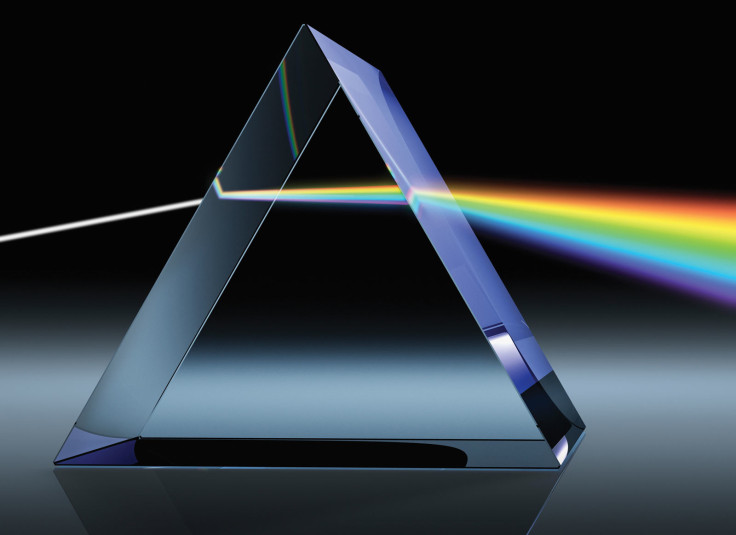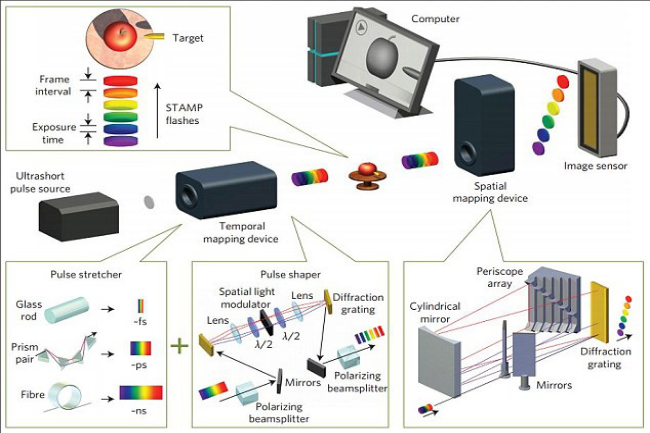World's Fastest Camera Captures Light at 4.4 Trillion Frames Per Second

Researchers in Japan have invented the fastest camera in the world, capable of capturing 4.4 trillion frames per second.
The Sequentially Timed All-optical Mapping Photography (STAMP) camera, details of which are published in Nature Photonics, is able to record chemical reactions that have previously been impossible to capture, as well as the movement of light and lattice vibrational waves.
The STAMP camera is also able to capture heat conduction, which occurs at a sixth of the speed of light.
The method used to capture images at such a high rate is described by the researchers as "motion picture femtophotography", an all-optical technique that creates a burst stream of sequentially-timed photographs.
High-speed cameras had previously achieved 1 trillion frames per second using a "pump-probe" method, which involved "pumping" light into an object in order to photograph it. Researchers, however, claimed that this technique had numerous downsides.
"High-speed photography is a powerful tool for studying fast dynamics in photochemistry, spintronics, phononics, fluidics and plasma physics," the paper explains.

"Currently, the pump-probe method is the gold standard for time-resolved imaging, but it requires repetetive measurements for image construction and therefore falls short in probing non-repetitive or difficult-to-reproduce events."
The researchers' method involves single-shot burst imaging without the need for repetitive measurements and each image captured is at a relatively high resolution of 450 x 450 pixels.
The STAMP camera measures 1 square metre and there are no plans to develop it commercially. Its most likely applications will be in assisting with medical observations and other scientific research.
© Copyright IBTimes 2024. All rights reserved.







